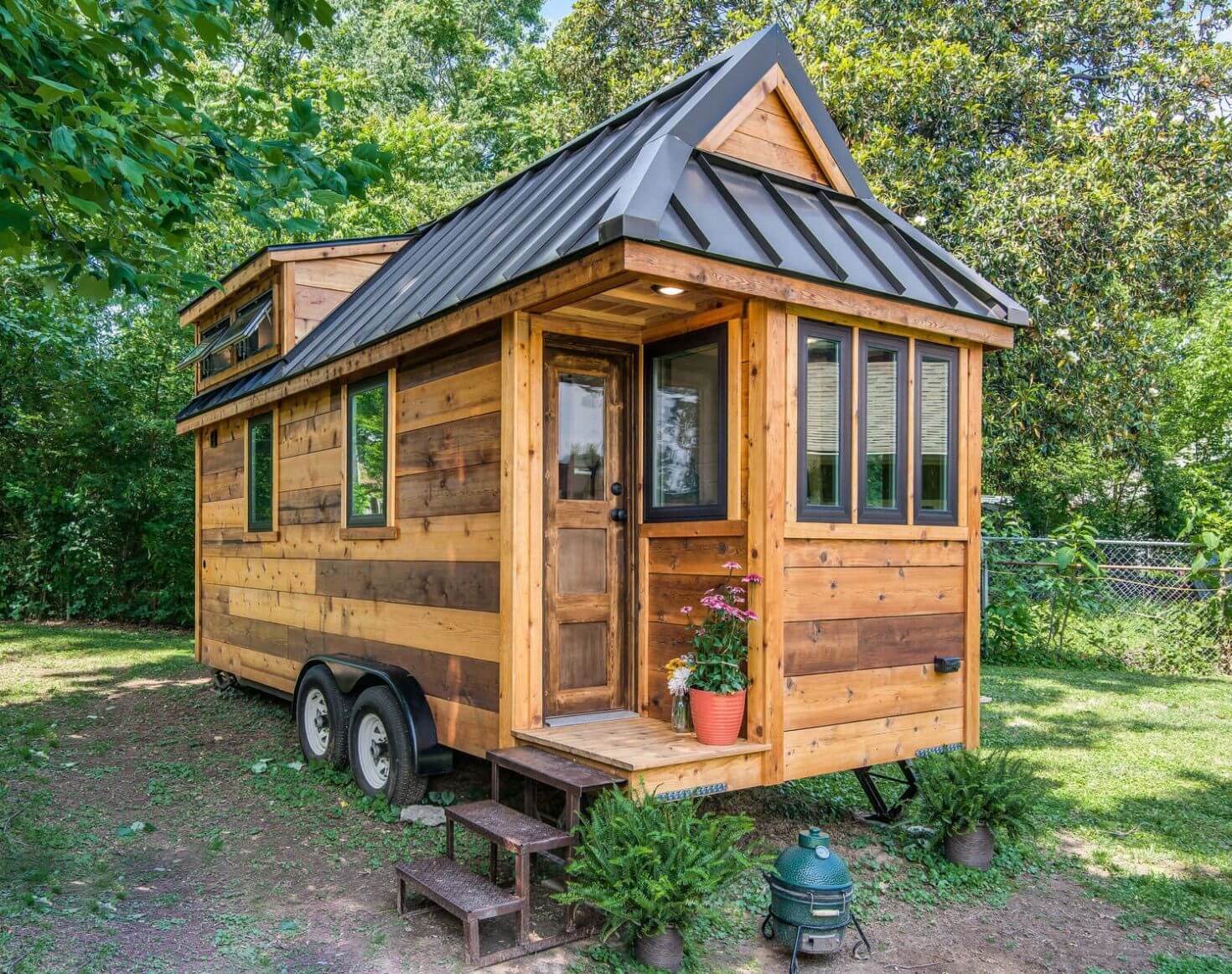Whether you are looking for a cozy retreat where you can retire or you just want to downsize and live more economically, tiny houses are the way to go. These small homes have been getting more and more popular over the past couple of years as real estate prices have been skyrocketing.
Although building a tiny house may sound rather simple, there are several things you must consider before talking to contractors.
1. Your local law
Maybe you already have a location and size of your future home in mind, but you need to check whether your ideas comply with local regulations. Research local laws beforehand and see whether there are any rules regarding certain materials or the location of your tiny home you need to consider.
To eliminate the need for building permits, a lot of homeowners build their tiny homes on wheels, so they can be classified as campervans instead of small houses.
2. Foundation, roof, and insulation
When it comes to foundation, first you need to figure out whether you want to build a home with wheels. If your home will be transportable, you can build your home on a trailer and not worry about foundations. However, your home can also be built on skids, beams, or a concrete slab foundation.
Look for the option that suits the needs of your tiny home. For instance, beams are best suited for homes that are built on sloped terrain. The roof design is also something you need to consider before building your home. If you opt for a flat room, be prepared to deal with problems caused by debris and water build-up. However, if you’d like to protect your roof or get an expert opinion, you can consult professionals like the ones at APEX Roofing. Insulation plays a key role in keeping your tiny home comfortable during the summer and winter months.
It keeps the cold air circulating inside during hot months, and also retains warmth in the winter. If you properly insulate your tiny house, your heaters will work more efficiently, your home will be more sustainable and you will save on your electric bill. Also, with high-quality insulation rolls, you can prevent condensation and mold growth.
Learn how to meet the requirements for a government grant insulation under the ECO scheme by referring to Warma UK’s comprehensive guide.
3. Every single square inch
When planning how your future tiny house will look, be sure to take every single square inch of the place into consideration. With some clever planning, even the tiniest house can feel spacious and practical. Instead of standard doors, opt for sliding ones, and maximize window space.
By bringing plenty of natural light into your home, it will feel more open and the outside will feel like the extension of your house. You may believe that tiny homes are just smaller standard homes, but if you just shrink the size of your bedroom or bathroom to fit your new home, the quality of your living space will be extremely affected.
Instead of just looking for a smaller sink, bed, or bath, find furniture pieces that have multiple uses. For instance, a bookshelf that transforms into a dining table, a washer dryer combo or a bed with plenty of storage space. Nowadays, there are so many possibilities, so look for ideas that could work in your home.
Multifunctional pieces of furniture are great additions to your tiny home. Think of a sideboard buffet that can double as a minibar or a couch-and-table piece that can serve as your dining table and work area. Furniture ideas such as the ones mentioned are another great way to get more use out of your tiny home without sacrificing space.
4. The weight
If you are planning to build a transportable tiny home, you need to consider the weight of your house. First of all, use lightweight materials to minimize the weight of your home. You can visit https://www.starbuildingwinnipeg.ca/ for the best quality materials you will need. Second, consider how that weight is distributed across the trailer. If there is not enough weight toward the front, the van could sway from side to side when transporting the house. On the other hand, if there is too much weight, the tires may be overloaded.
Transitioning from living in a standard home to living in a tiny house is not an overnight endeavor. It will take a lot of planning and hard work, so make sure you have taken everything into consideration before the project is kicked off.

